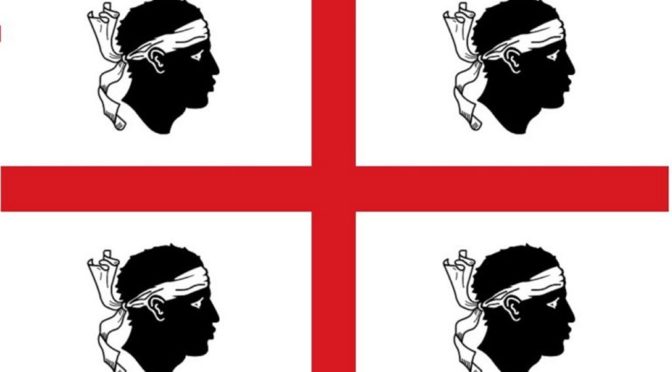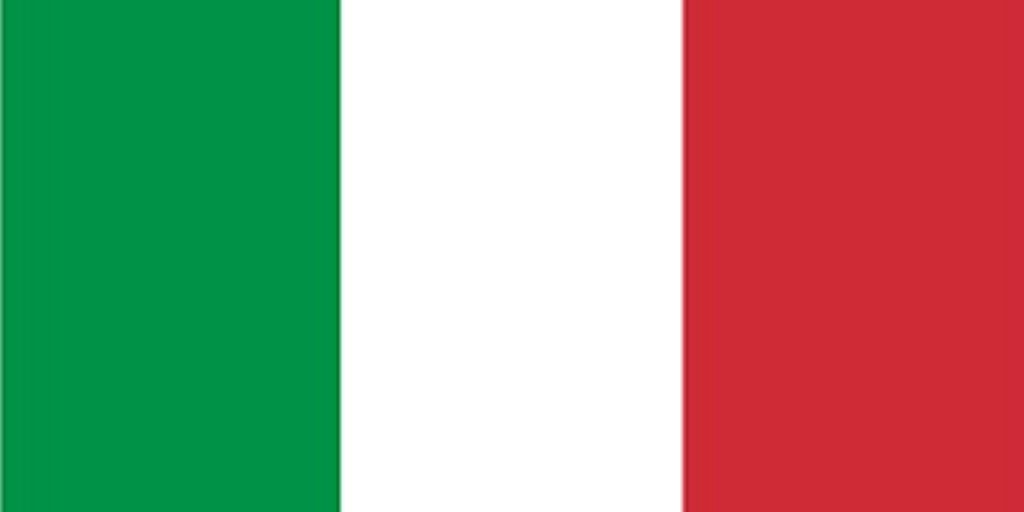The Autonomous Region of Sardinia adopted the shield of the four moors as its official emblem on June 19th 1950. The adoption was ratified by an administrative order of the President of the Italian Republic in 1952. However, this icon history is hundreds of years old: real events are blended together with legends. After all, a peculiar banner like this has the power to stimulate the most diverse tales around it.
One thing only is certain: the origin is not Sardinian, but it takes us back to Spain, more precisely to the Realm of Aragon.
The shield of the four moors appeared for the first time at the age of Pietro the Great (1276-1285), in a seal stored in the Archive of the Crown of Aragon in Barcelona.
The most certified theory affirms that King Pietro the Great would have created the emblem in order to celebrate the memorable victory over the Moors in Alcoraz (1906). This victory was also achieved thanks to the intervention of a mysterious knight with a red cross on his chest, that is Saint George. Clearly, this legend was enriched with other fantastic details, like the discovery, on the battlefield, of four heads, removed from their bodies, adorned with turbans, belonging to four Moor kings.
In Sardinia, there are two main theories; the first one, developed during the XVII century, asserts that the shield has a Sardinian origin and that was created after the victories of the Sardinian Judges against the Arabic raids. Pope Benedetto VIII (1012-1024) would have delivered the crusade banner (red cross on a white background) to protect them in the fight. After the victory, the Sardinian people would have included in the cross, the four heads of the kings, decorated with rich turbans and precious stones, found on the battlefield.

The second theory, developed in the XIX century, sees the Moors as four districts victorious over the Arabs, a symbol that will become the heritage of the whole Sardinian community.
Sardinia, actually, obtains its own emblem at the end of XV century, after the union of the two Crowns of Aragon and Castile, when the Catalans and the Aragonese conserve for themselves the four red poles flag on a golden background and leave the four moors flag to the Sardinian.
During this long period, the symbol of the four Moors goes through various modifications, all the way to the final representation adopted by the Autonomous Region of Sardinia in 1951. A shield decorated with a finely cut frame, divided by a cross in four cantons, with a head of a Moor depicted in each canton, pointed towards the left side with a headscarf on the forehead.
The last flag adjustment dates back in 2005 and represents a red cross on a white background, divided in four parts, with four heads of Moor with a headscarf on the forehead, looking away from the flagpole.
English version: Francesca Sanna

